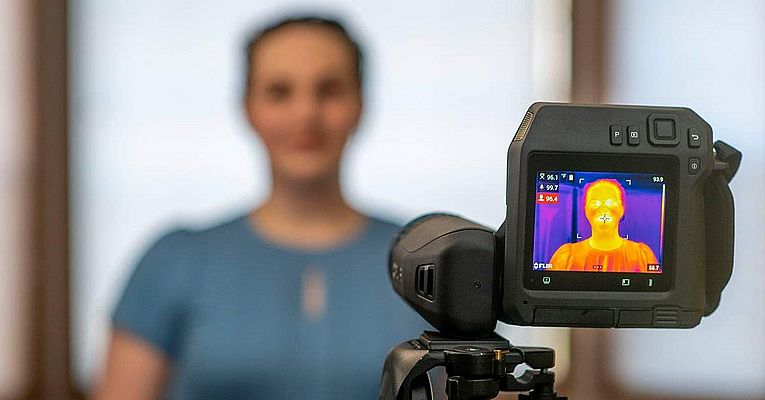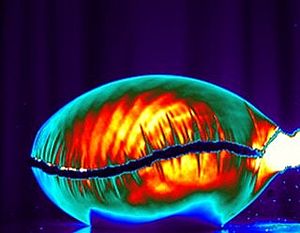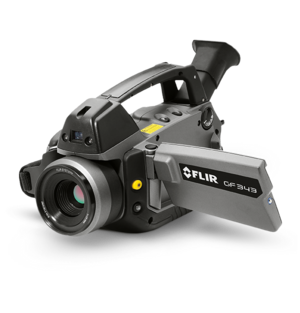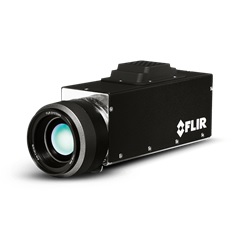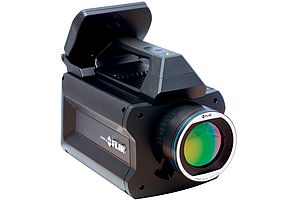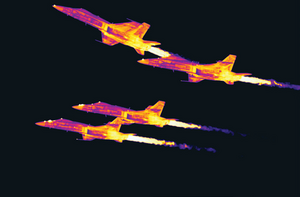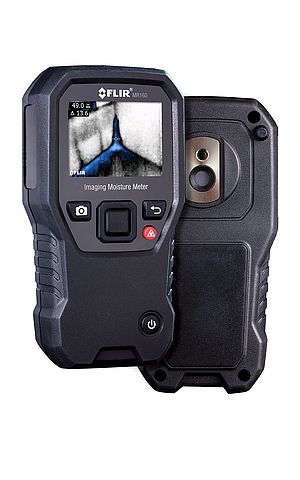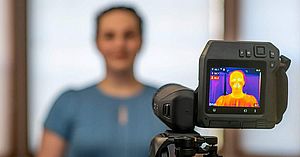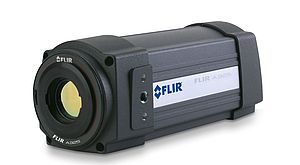FLIR Systems’ thermal cameras have long been used in public spaces as an effective frontline screening tool to non-invasively measure skin surface temperature, and identify individuals with Elevated Body Temperature (EBT). Through the deep concern of the global pandemic, society is seeking tools to help slow and ultimately stop the spread of the virus. Although no thermal cameras can detect or diagnose the coronavirus, FLIR cameras can be utilized as an adjunct to other body temperature screening tools for detecting elevated skin temperature in high-traffic public places through quick individual screening.
A quick way to screen for anyone who might be sick
If the temperature of the skin in key areas (especially the corner of the eye and forehead) is above average temperature, then the individual may be selected for additional screening. Identifying individuals with EBT, who should then be further screened with virus-specific diagnostic tests, can help reduce or dramatically slow the spread of viruses and infections. Airports around the world are actively employing FLIR thermal cameras as part of their screening measures for passengers and flight crews. Thermal camera screening must always be followed up with further screening before authorities decide to quarantine a person.


